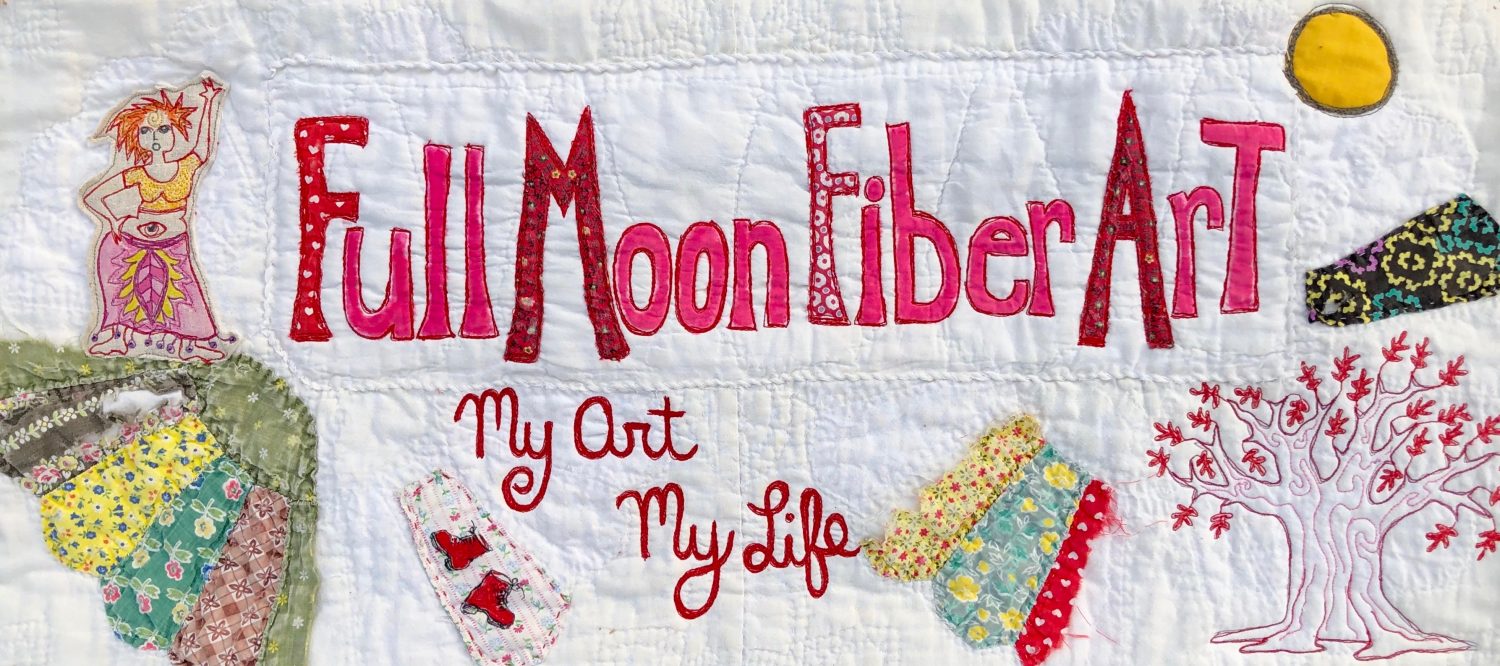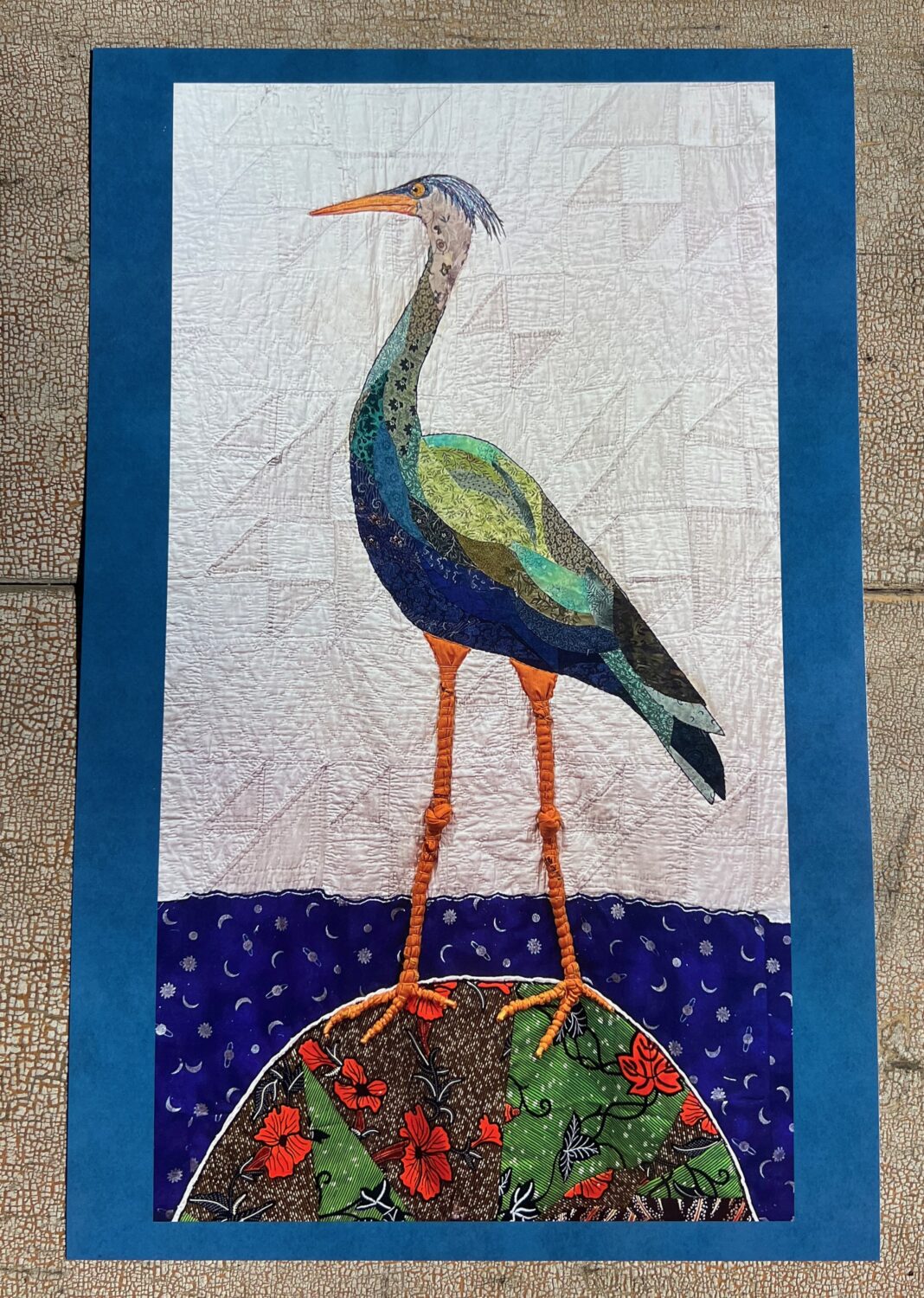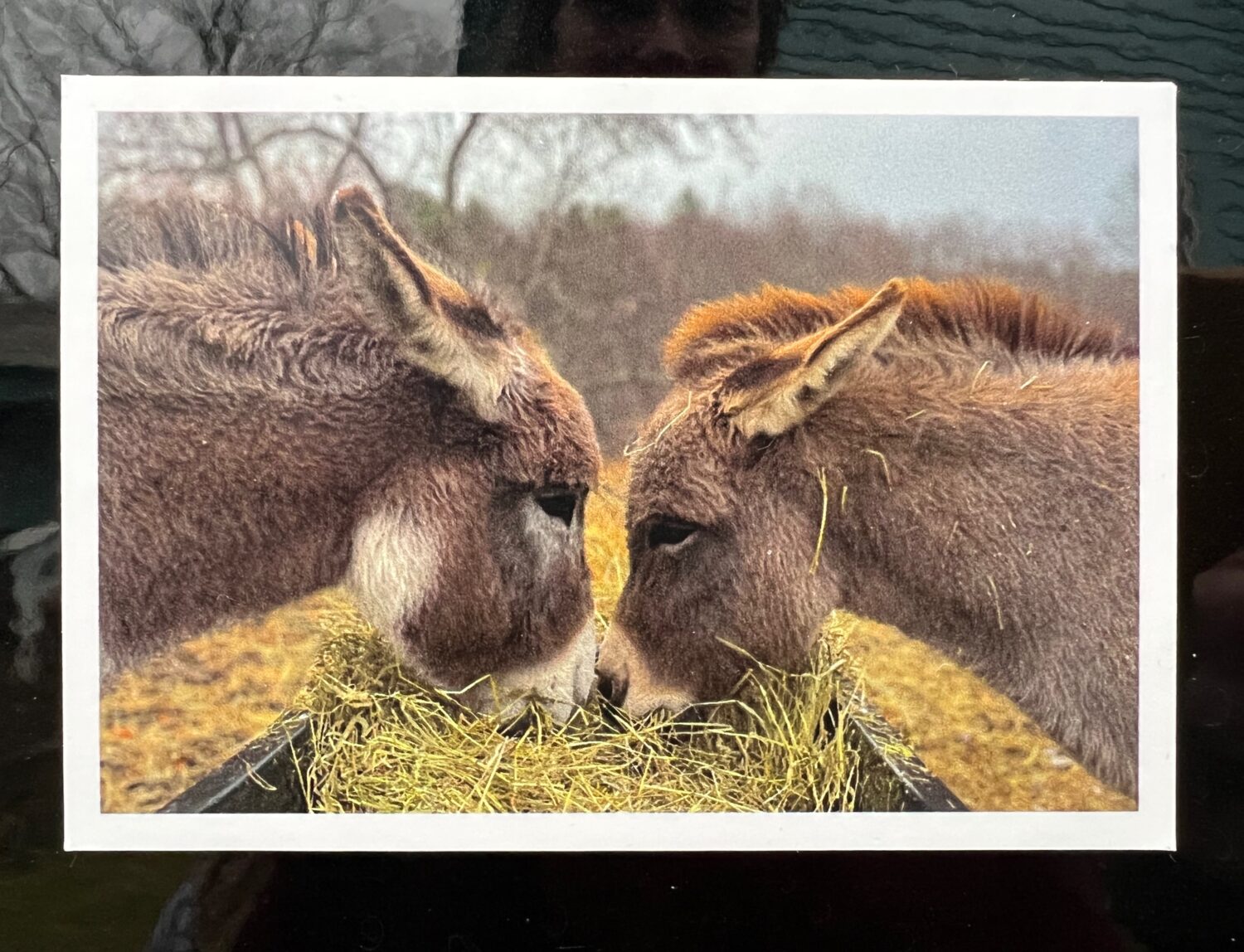
Yesterday after we had lunch at the farm with our friends Kitty and Charlie, I dug up my sweet potatoes from the garden. Today I planted the garlic cloves that Kitty and Charlie brought us.
Before I planted the garlic, I had to prepare my vegetable garden for the winter. I had already pulled up the wilted plants and turned the soil.
Some animal raided the composter, which is right next to my garden, and there was a smattering of broken eggs shells, decaying avocado pits and a teabag string or two in one corner of the garden.
I also found a spotted salamander when I turned the soil. It was about five inches long and because he wasn’t moving, I worried that I may have hurt him when I was turning the soil.
I went to get my iPhone to take a picture but when I got back he was gone. These black Salamanders with yellow spots, spend their days under soil and rocks, coming out at night to feed on insects. So I was relieved that he probably dug his way back underground.

The first thing I did to my vegetable garden today was pile on a layer of donkey manure. It took five wheelbarrows full.
Before putting on the layer of leaves, I planted the garlic.
Kitty and Charlie have been growing their own garlic for years. When they harvested it in the summer, Kitty would send me a picture of all the garlic spread out on a screen in their garage to dry. They also grew lots of basil and would make enough pesto to last the winter.
But this year Kitty and Charlie decided they would no longer have a big vegetable garden. So when Kitty offered me some of their garlic to grow I was happy to get it. I look forward to growing garlic which I haven’t done before. But I also like the idea of keeping their special line of garlic going.
As far as I know, they never gave it a name, but I plan on calling it Kitty and Charlie Garlic.
They were kind enough to print out instructions on planting and harvesting garlic, as well as give me pointers that they’ve learned through the years.
So after putting a layer of manure on the garden, I broke the bulbs of garlic into 9 cloves. I pushed them into the soil, pointed side up and covered them. Then I put a layer of straw over the garlic patch.

After that, I raked the maple leaves from around the chicken coop and dumped them on top of the whole garden including the garlic patch. (Charlie said maple leaves had a lot of nutrients in them unlike oak leaves)

I’ve been saving cardboard to cover the gardens with but ran a little short. So I covered as much of the garden as I could. The garlic patch in the front corner will, of course, stay uncovered. When I get more cardboard, I’ll finish covering the leaves toward the back of the garden.
I’ve been covering up my vegetable garden in this way for a few years (one of my readers suggested the cardboard) and it works really well to replenish the soil and keep weeds from growing when it’s time to plant again in the spring.
I don’t have a lot of energy to garden this time of the year. That’s why I don’t have a lot of spring bulbs. But I do like putting the gardens to bed for the winter.
Like having hay in the barn and firewood in the woodshed, it makes me feel like I’m doing everything I can to prepare for the coming winter.
And now, planting the garlic feels like a part of that. Only better in a way. By the time spring comes most of the firewood and hay will be gone, but the garlic will just be starting to grow.















I had no idea Maple leaves provide more nutrients, vs Oak… so nice to know that. You will be happy for your new garlic ❤️
I was surprised too Suzy.
I also did not know about maple leaves vs oak leaves. So I did a bit of research. Oak leaves add acidity. Fruit trees, maple trees, and other soft-leaf producing trees such as ash, birch and beech are best.
https://thisismygarden.com/2018/10/composting-leaves/
says:
“Leaves from trees that produce waxy leaves or needles, such as magnolia and pine trees, are among the hardest to compost. Their protective coating can take years to break down.
These leaves are great for using as a mulch, but are best left out of the compost pile. Especially if you are looking to have a pile ready to use next spring or summer.
So what are the best leaves to use? Fruit trees, maple trees, and other soft-leaf producing trees such as ash, birch and beech top the list.
The leaves from these trees break down quickly in a compost pile. At the same time, they provide a good balance of nutrients to the pile.
Oak leaves can be use for composting too, but due to their acidity, should never make up more than a third of the pile.”
Amazing grace as always, there is always so much more to know. I got some garlic in too and some crocuses, but I also lose
interest in gardening in late summer. Enough already!
Thanks for that Sharon. It seems there are differing points of view about the oak leaves. I got some emails about it. But what you found makes sense. Luckily we have lots of maple leaves so that’s what I’m using. Good for you for putting in crocuses!